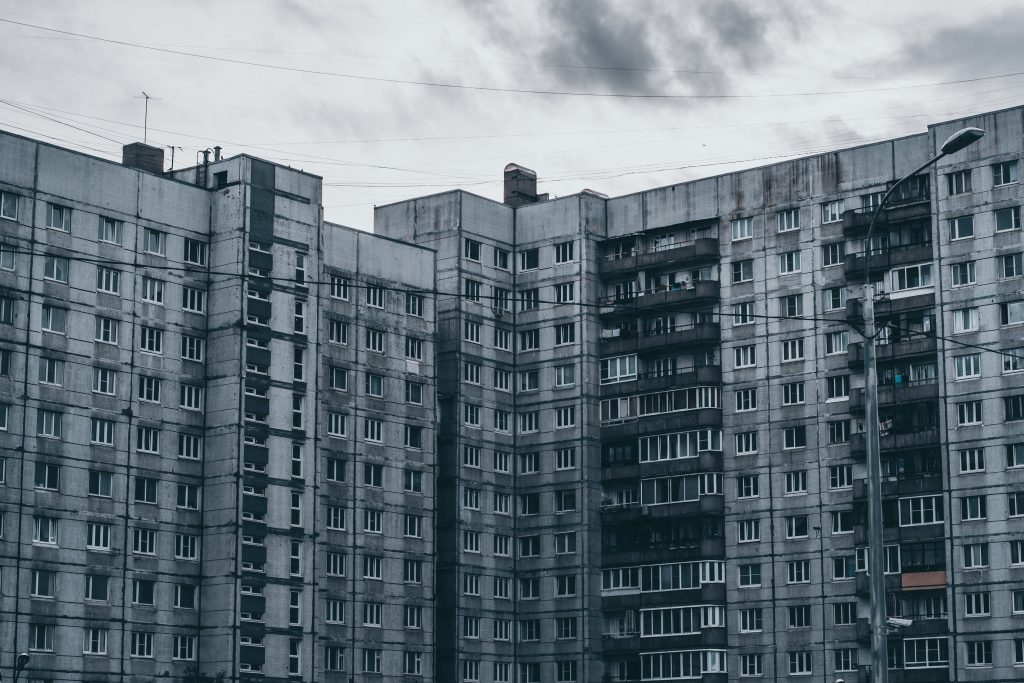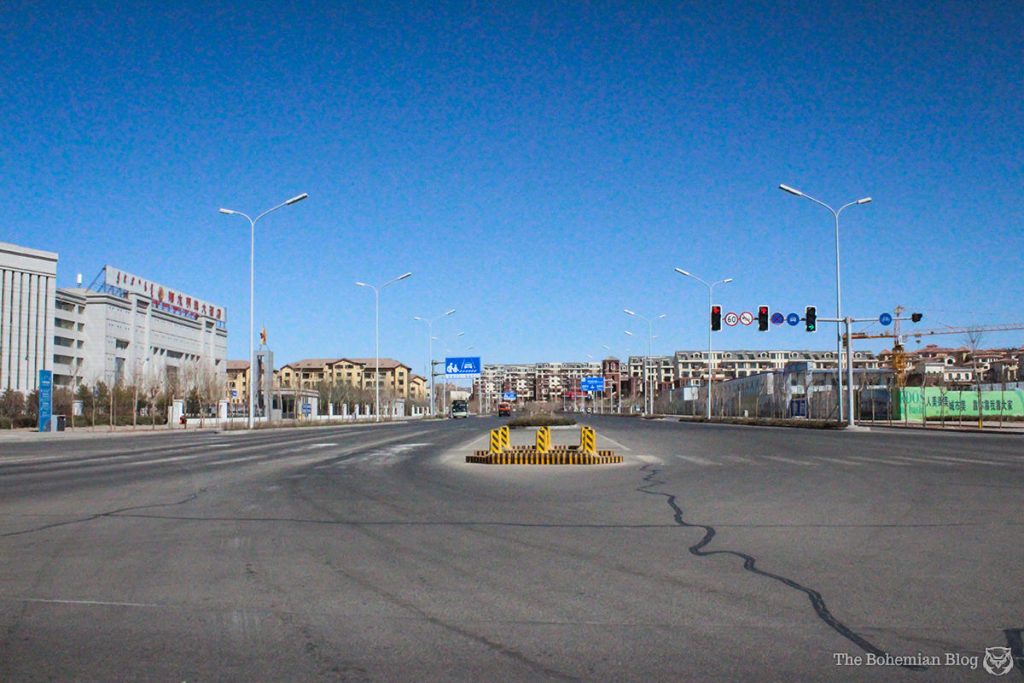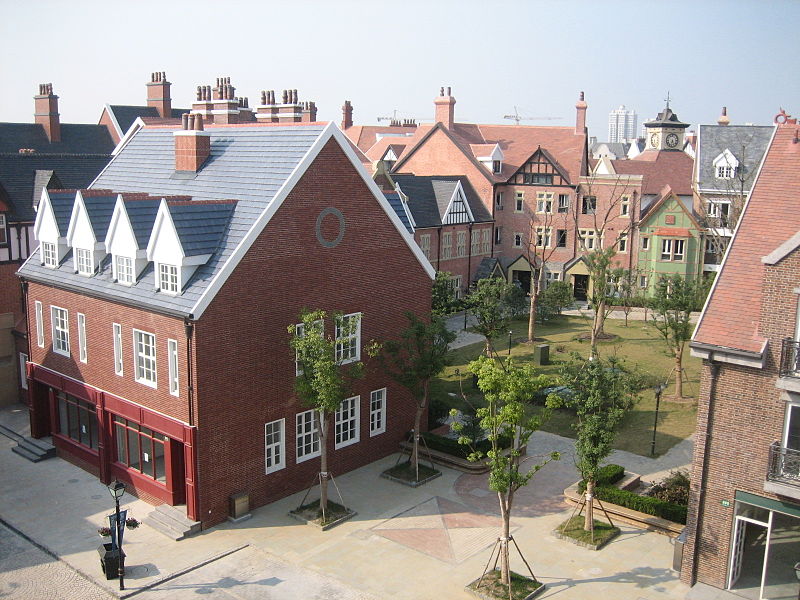If you drive an hour or two outside of Shanghai or Beijing, you’ll stumble across something unusual. The cities are still modern and in typically good shape. However, in contrast to their bustling counterparts, they are mostly empty.
These are China’s ghost cities.
There are 687 cities in China. Yet, according to a recent report, approximately 65 million of the country’s total urban housing properties are empty. This includes towns like Tianducheng, Thames Town, Binhai, and a slew of others that cover hundreds of square kilometers but have a disproportionately high number of unoccupied structures. These “ghost cities” in China are well-built and have a variety of public spots, yet they are entirely devoid of people.
In China, real estate has long been seen as a safe investment. Even the Chinese government-backed property investment. Real estate has been a major driving force of the country’s wealth expansion for decades, thanks to its consistently rising prices. China’s constitution envisions a real estate-driven economy. However, according to the country’s constitution, the government owns all land, so developers must lease it from the government, which is often challenging.

Another reason for the previous unregulated expansion of the Chinese real estate market is that fewer Chinese invest in the stock market compared to the United States and Europe. Only 7% of the population in China owns shares, yet 90% of the population owns a property, with 70% of millennials planning to buy more investment properties in the future. As a result, real-estate holdings in China account for a significant share of overall household wealth due to extensive property investment.
The Chinese housing market drove up property prices for many years as developers pushed to create ever-more units. However, demand for units has lately decreased due to various issues, including rising house affordability, age, and population demographics. The level of public interest in real estate created a boatload of revenue for the government. However, countless ghost cities have sprung up due to the country’s unregulated expansion and construction activities.
Not only has China’s real estate culture hastened infrastructural development, but it has also resulted in massive population shifts. According to a World Bank report, cities now host more than 60% of China’s population of 1.4 billion people. However, there are a few cities in China that are still open to tourists:
Tianducheng, two hours west of Shanghai, is a popular wedding shoot location for couples. A 300-foot (91-meter) tall Eiffel Tower, grey Parisian facades, cobblestoned streets, and Renaissance fountains are the highlights of the 10,000-person community. Built in 2007, the city had 2000 people by 2013 and was classified as a ghost town. According to recent sources, Tianducheng presently has a population of more than 30,000 people.
Ordos New Town, also known as Kangbashi, in Inner Mongolia is perhaps the most popular of China’s ghost cities. In the early 2000s, the town was eventually planned to house a million people, but that amount was later reduced to 300,000. However, just 100,000 individuals lived there in 2016. However, after China relocated several of its top schools to Kangbashi, the city could attract many people.

The architectural design of Tonghui Town appears to be influenced by streets and buildings in Switzerland and Italy. A variety of European-style restaurants, watchtowers, pubs, and other structural characteristics can be seen throughout the town. Unfortunately, due to a lack of public support, the “town” never grew. The majority of the buildings were eventually demolished.
Thames Town is also one of the most famous ghost towns in Asia and one of the few places in Asia where you can see London’s iconic red telephone booths, European-style architecture, and Harry Potter and James Bond monuments. Cobblestoned streets, a green village, Edwardian town homes, and white stucco Victorian terraces distinguish this London-style neighborhood developed in the Songjiang District of China in 2006, around 24.8 miles (40 kilometers) from Shanghai. There’s also a mock-Tudor bar and a fish-and-chip shop, as well as other private and commercial buildings, the majority of which are currently vacant.
Initially, properties in Thames Town sold quickly, although the majority were purchased as investment residences and were never occupied. However, restaurants soon closed, and the entire area became a vacant property investment center.

Yujiapu and Xiangluowan, two districts in Binhai, were built to serve as new economic hubs in the North China region. As a result, government offices, shopping malls, large buildings, and other sorts of infrastructure are all present in both areas to sustain a fast-paced economy. Sadly, despite all of this progress, the occupancy rates in Yujiapu and Xiangluowan remain low enough to define them as ghost towns.
Evergrande is one of the top two real estate companies in China. However, the company is currently facing a cash crunch, which is believed to have resulted from its risky business model, which relied on short-term debt, and the decline in real estate sales during the lockdown.
Evergrande’s strategy would be to borrow to purchase land, then sell the plans to homeowners, and then borrow again to begin a new project. The rapid development was racking up huge interest payments. The company’s liabilities have grown to 86 percent of its total assets by July 2020. Evergrande missed a bond payment of $83.5 million in September 2021. Since then, there have been concerns that the business is facing a $300 billion debt and that it may collapse, causing a huge economic recession in China, according to some analysts.

In China’s real estate market, the Evergrande liquidity crisis has shown a severe supply-demand imbalance. Many experts believe that while the failure of Evergrande will not result in a global economic crisis, it will be a major blow to other Chinese property companies and have an impact on the country’s burgeoning real estate culture.


